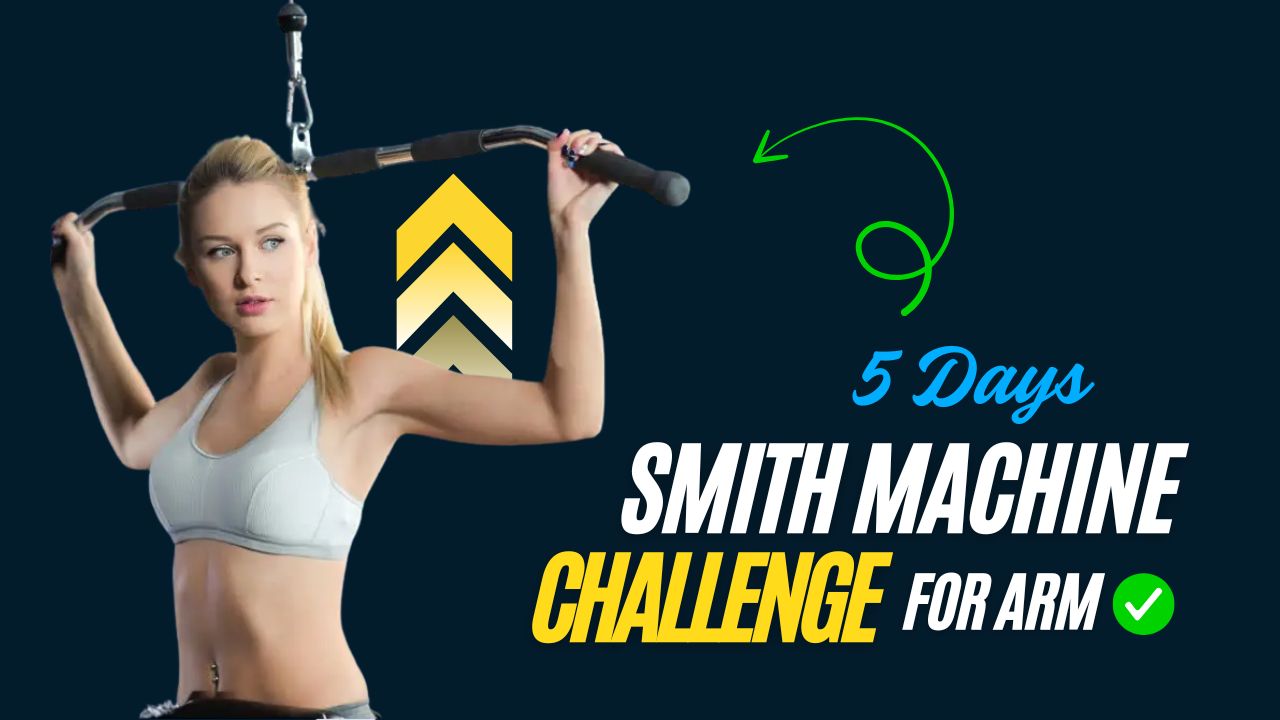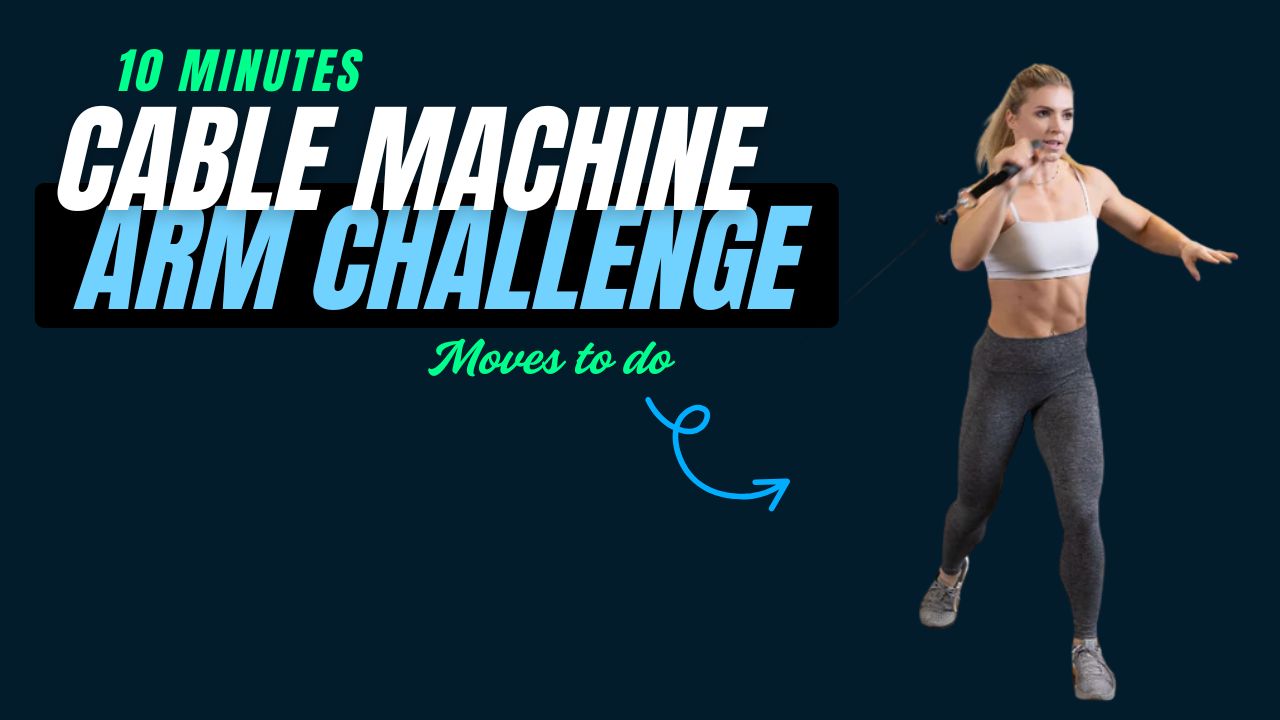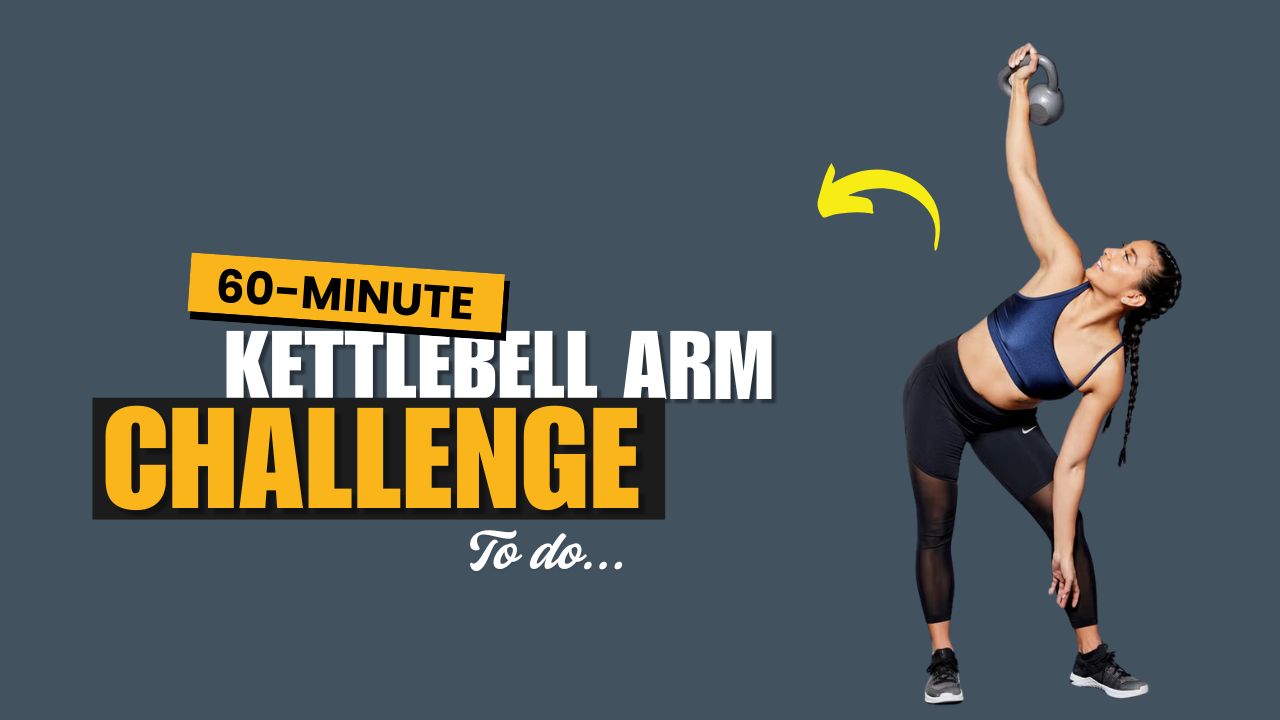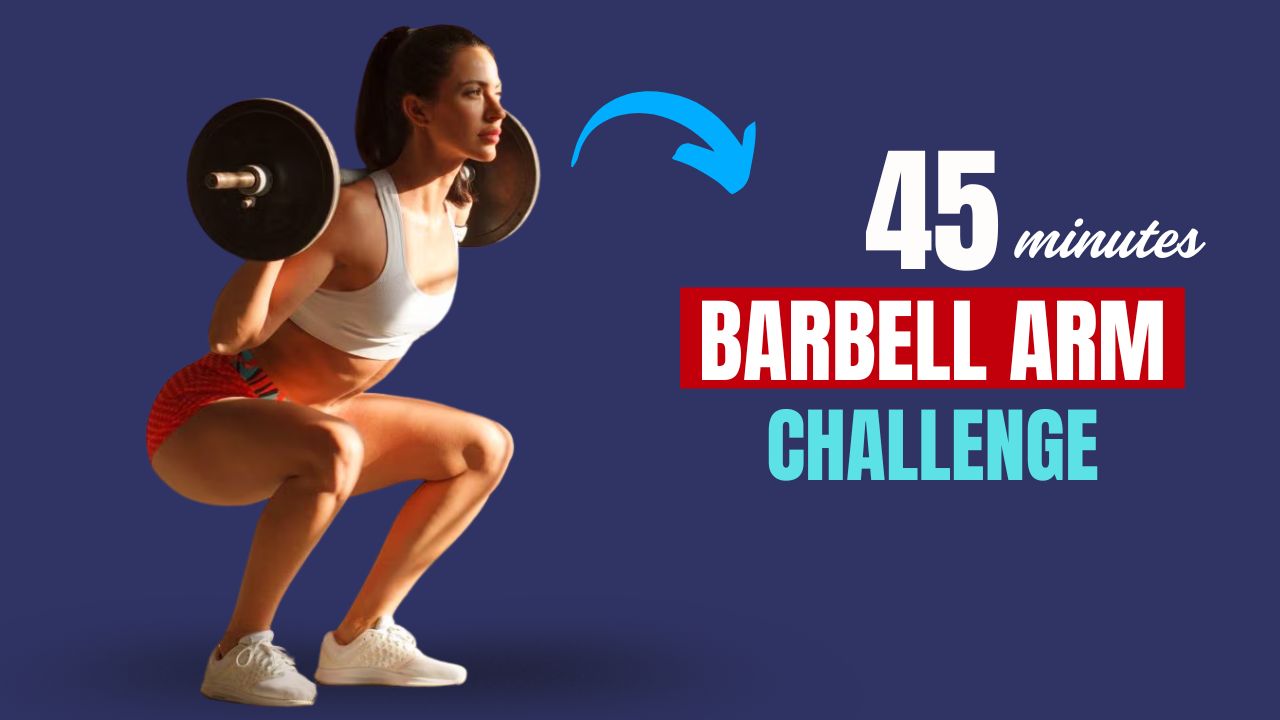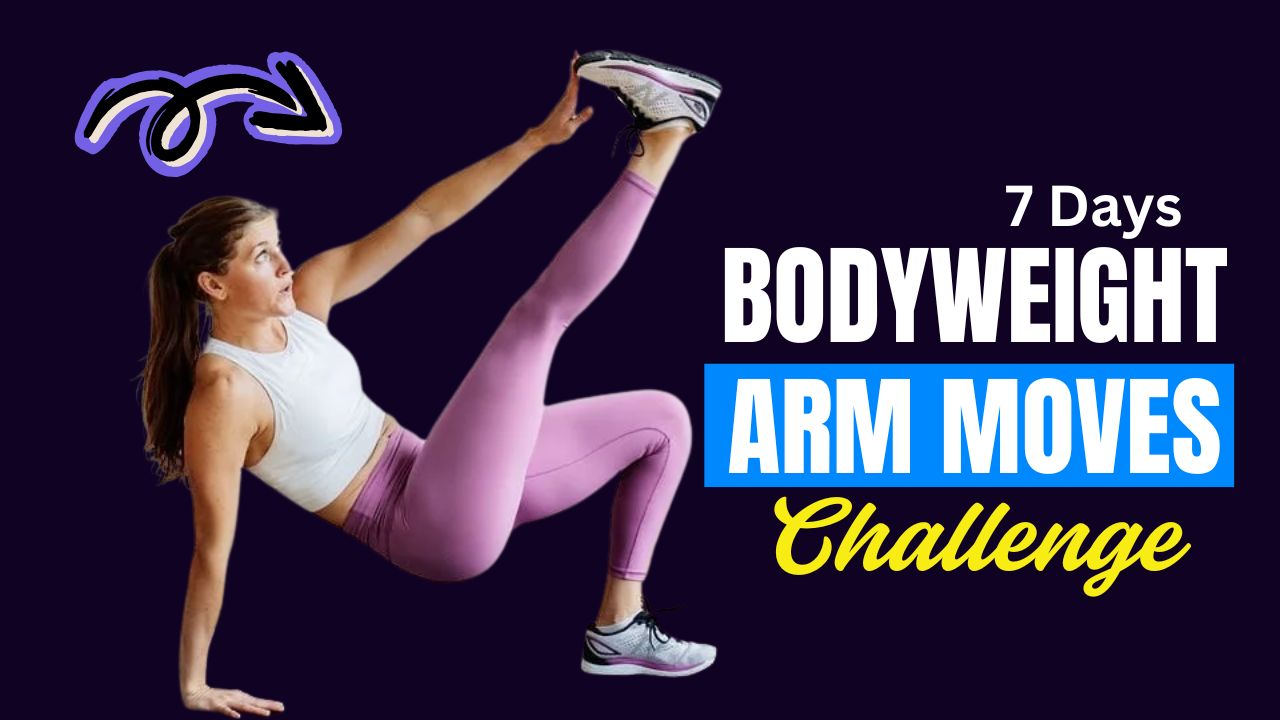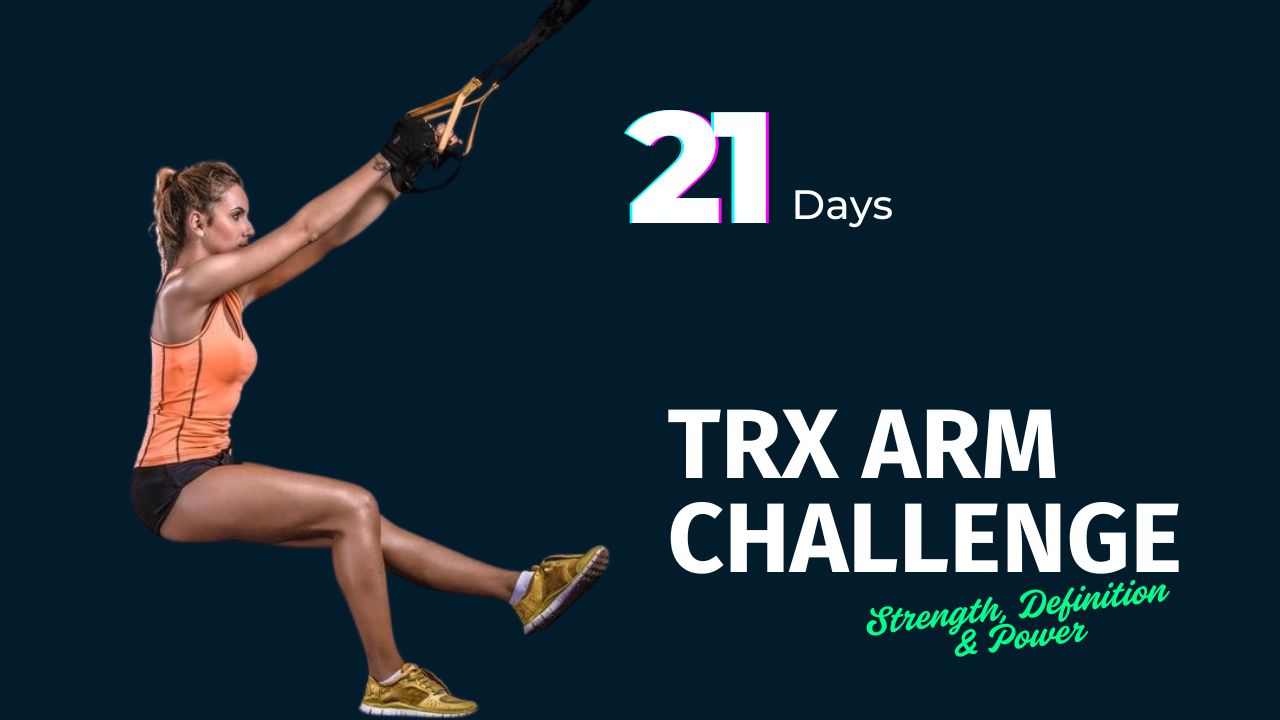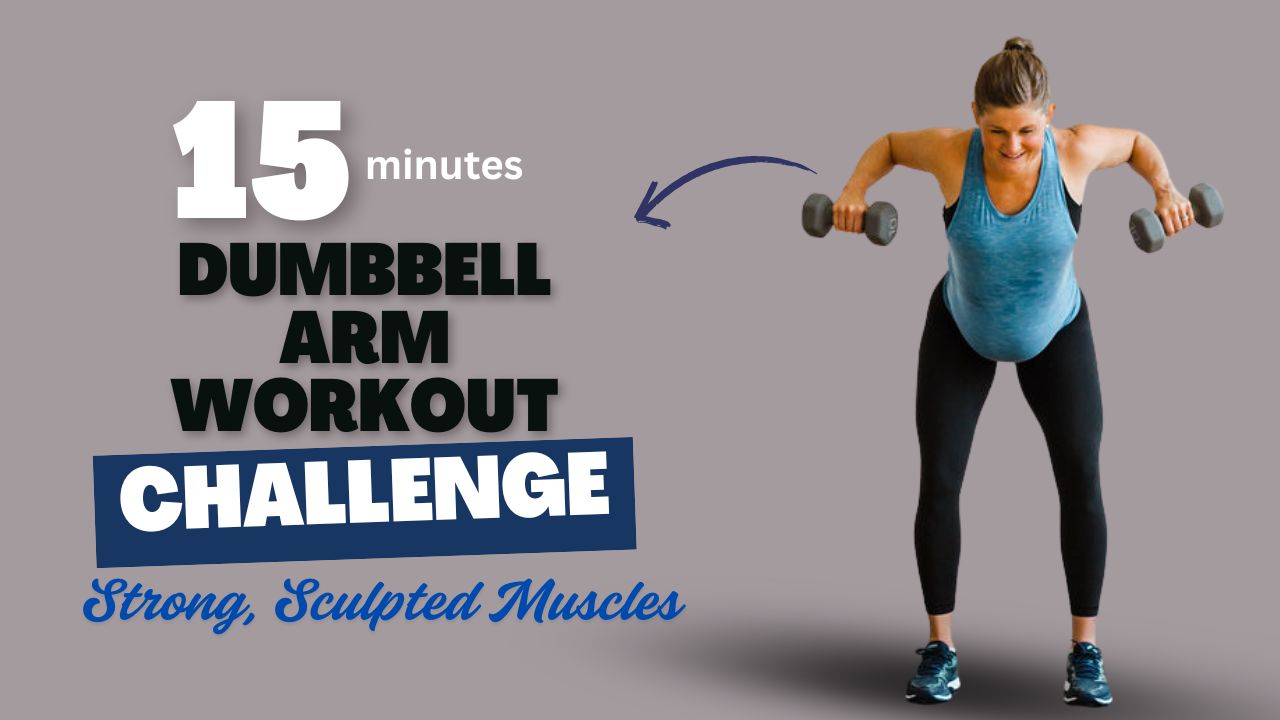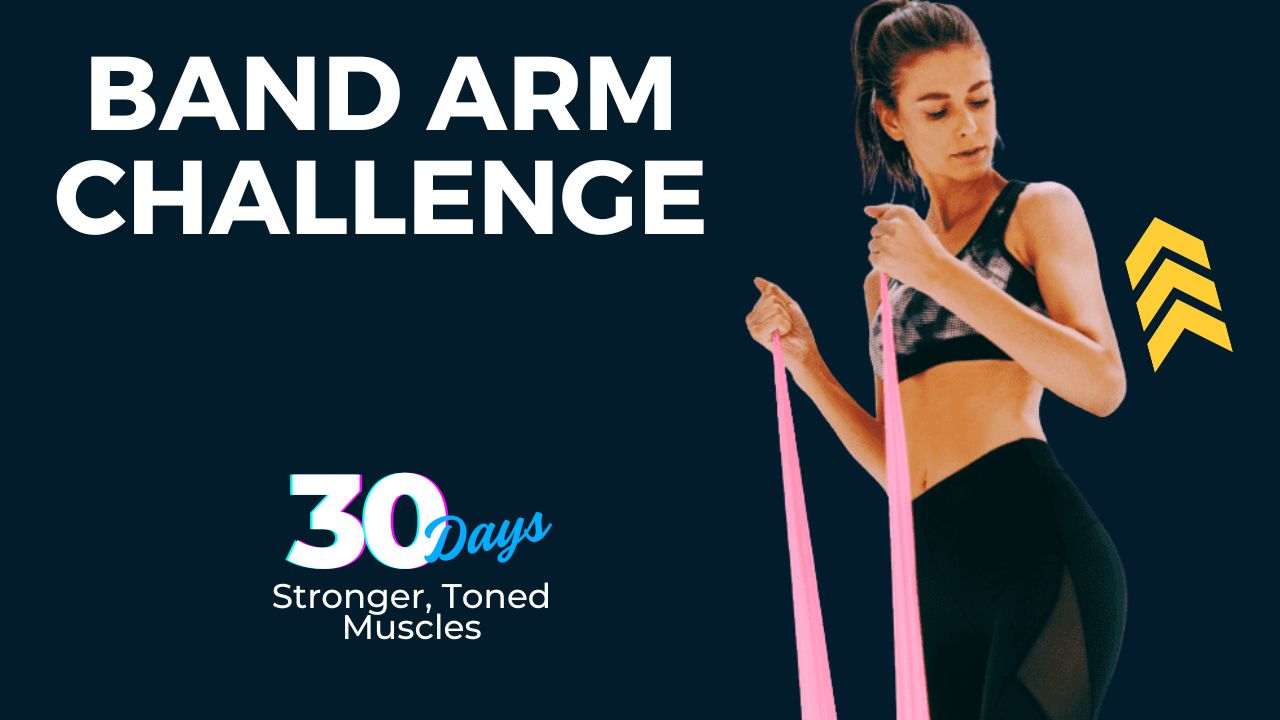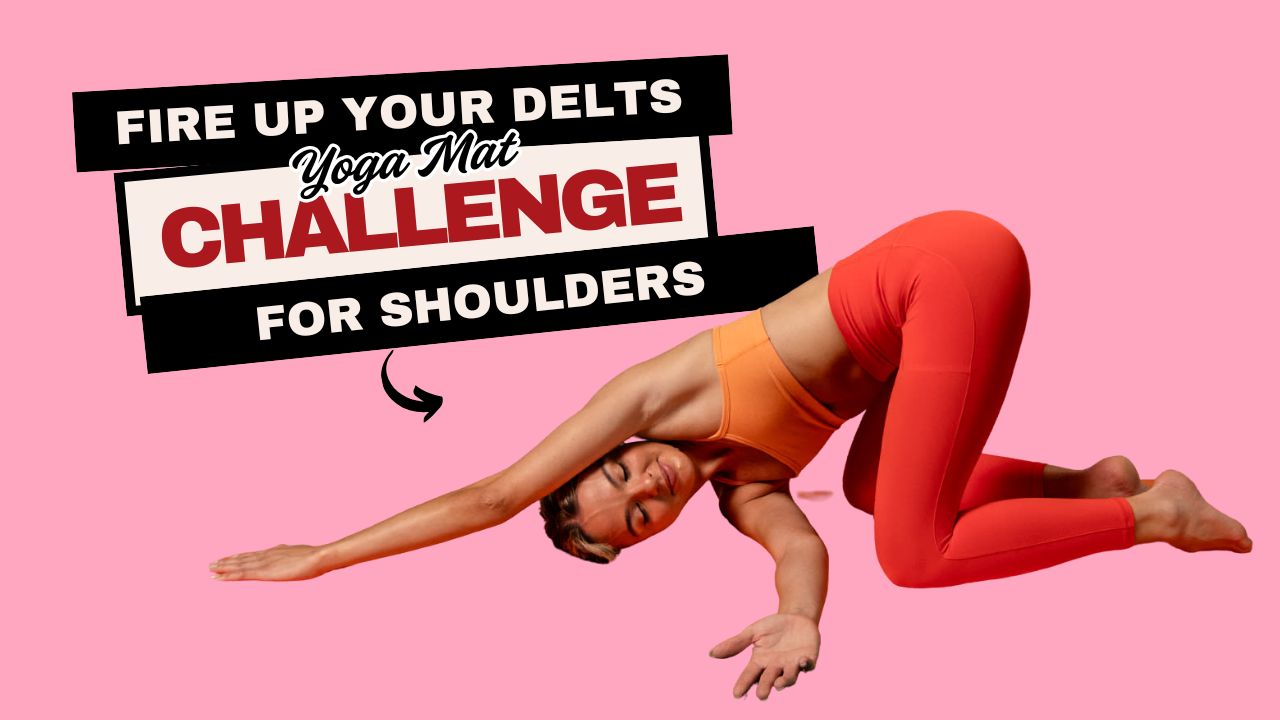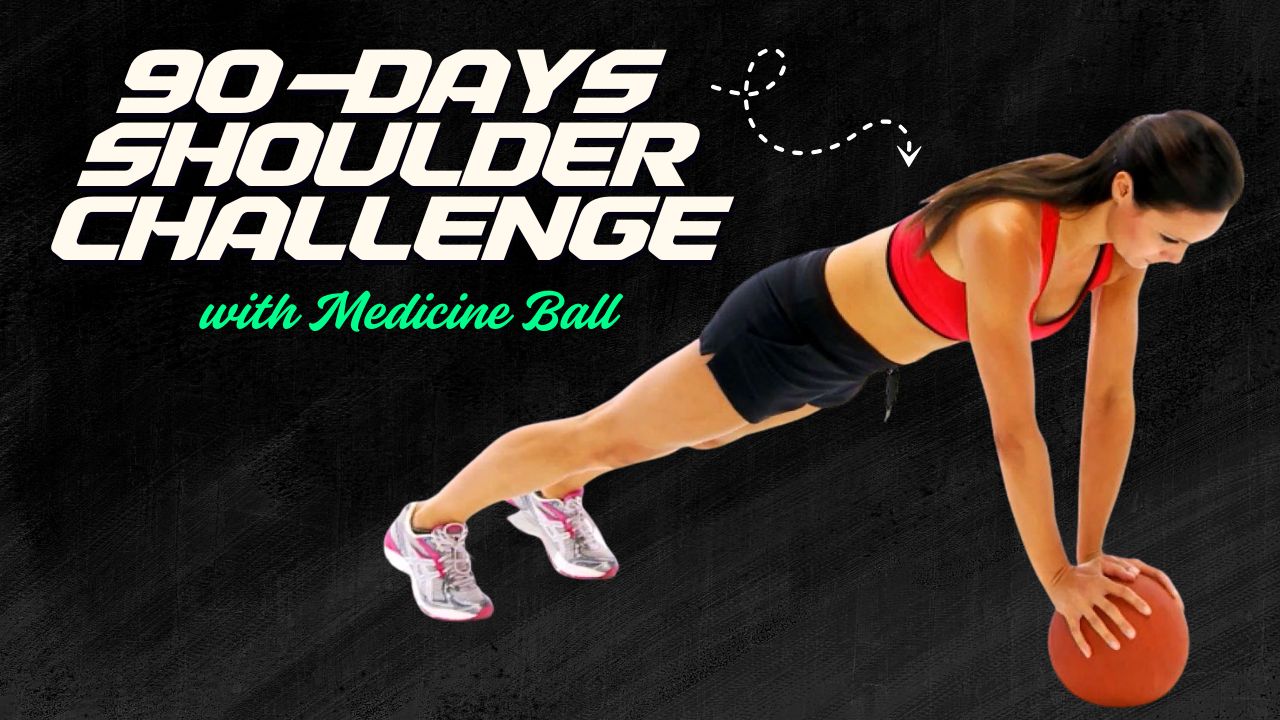Most people crowd around the bench press, chasing bigger pecs—yet never achieve the upper-lower chest balance that gives a complete, sculpted look.
Here’s a fact: the Hi-Lo pulley system can target your chest from multiple angles, unlocking muscle fibers that flat benches simply can’t reach.
Do you know? The chest muscle (pectoralis major) has multiple heads—clavicular (upper), sternal (middle), and costal (lower)—each activated differently based on arm movement direction. That’s where Hi-Lo pulley exercises become a game-changer.
This guide reveals 7 powerful Hi-Lo pulley chest exercises, complete with benefits and how-to steps, so you can train smarter—not just harder.
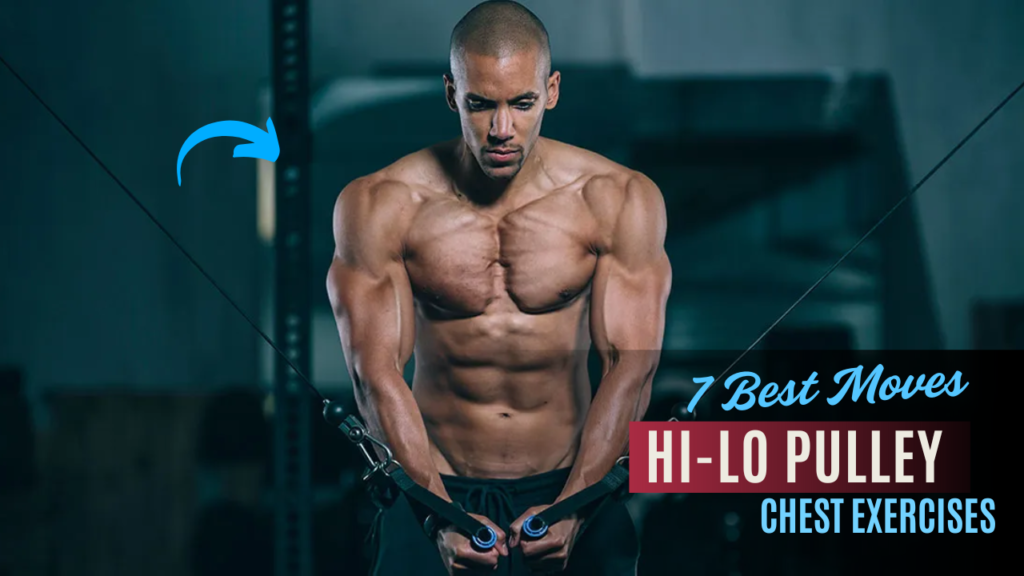
Table of Contents
What Can Happen After 30 Days of Hi-Lo Pulley Chest Exercises
| Positive Changes You May See | Why It Happens |
|---|---|
| More defined chest shape | Cables target inner, upper, and lower chest angles precisely. |
| Increased mind-muscle connection | Isolation exercises improve control and engagement. |
| Better chest symmetry | Unilateral (single-arm) cable moves correct imbalances. |
| Improved posture and shoulder positioning | Strengthens upper chest and stabilizing muscles. |
| Less joint pain compared to heavy presses | Cables offer smooth, joint-friendly resistance. |
| Visible muscle striations (if body fat is low) | Continuous cable tension enhances muscle detail. |
| Higher workout motivation | Fast, visible progress boosts confidence and consistency. |
Also Read: 11 Barbell Glute Exercises That Build a Rounder Butt Fast
Do’s and Don’ts of Hi-Lo Pulley Chest Exercises
| Do’s | Don’ts |
|---|---|
| Warm up your shoulders and chest before starting. | Don’t start with heavy weights — form comes first. |
| Use slow and controlled movements for maximum tension. | Don’t jerk or swing your arms during reps. |
| Adjust the pulley to the correct height for each exercise. | Don’t stick to one angle — mix high-to-low and low-to-high. |
| Keep a slight bend in your elbows during fly motions. | Don’t lock your elbows or straighten your arms completely. |
| Focus on mind-muscle connection while squeezing the chest. | Don’t rush your reps or focus on speed over form. |
| Use a split stance or stable position for balance. | Don’t lean too far forward or backward, which reduces isolation. |
| Pair Hi-Lo pulley exercises with other chest movements weekly. | Don’t overtrain the chest — rest and recovery are crucial. |
| Breathe properly – exhale when pushing/pulling. | Don’t hold your breath during the movement. |
1. High-to-Low Cable Crossover
What It Targets:
Lower and inner chest.
How to Do:
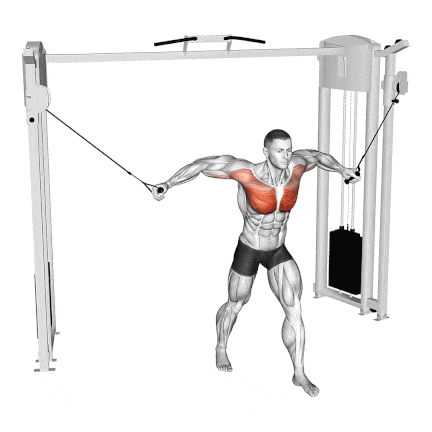
- Set both pulleys at the highest level.
- Grab handles, step forward slightly, and lean forward.
- With a slight bend in your elbows, bring both arms down and inward like a wide hugging motion.
- Squeeze your chest hard at the bottom, then return slowly.
Benefits:
- Emphasizes lower chest development.
- Adds striation and definition.
- Great for shaping the bottom chest line.
Also Read: 10 Barbell Lower Back Workouts to Build Strength and Prevent Pain
2. Low-to-High Cable Fly
What It Targets:
Upper chest and inner pecs.
How to Do:
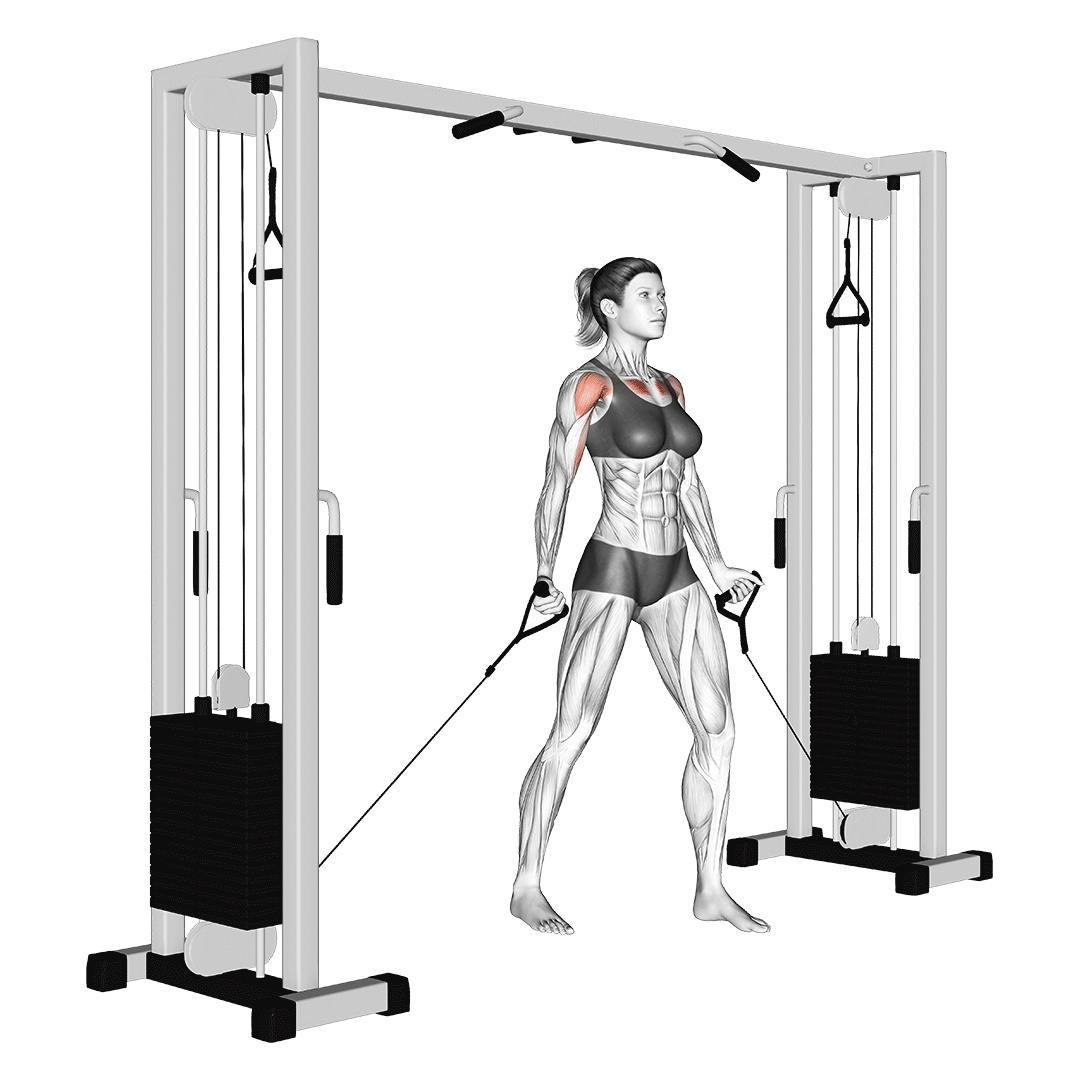
- Set both pulleys at the lowest level.
- Stand upright and grab the handles with palms facing up.
- Raise your arms upward in an arc, meeting at shoulder height.
- Squeeze at the top, then lower with control.
Benefits:
- Boosts upper chest fullness.
- Enhances upper-body posture.
- Corrects flat-looking pecs from overdoing flat bench work.
3. Single-Arm High-to-Low Cable Press
What It Targets:
Lower chest and core stability.
How to Do:
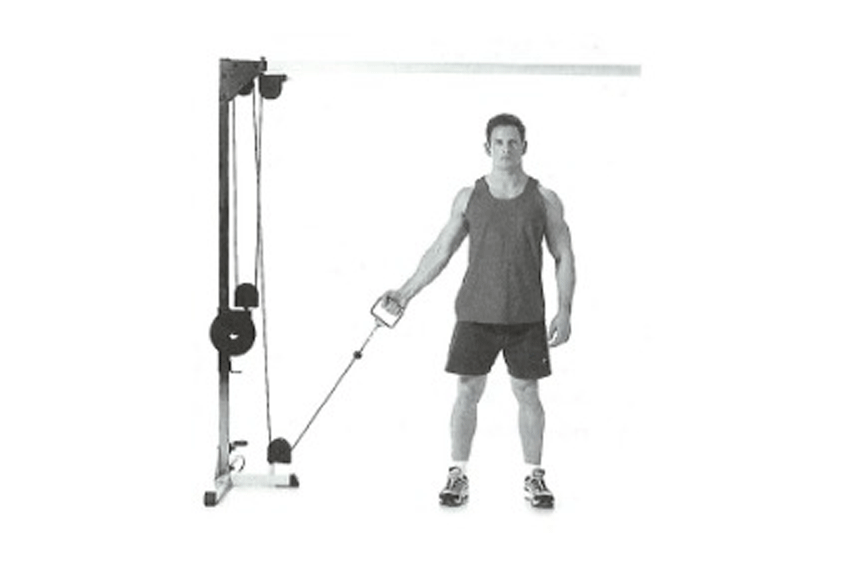
- Attach a single handle at the top pulley.
- Stand in a split stance, grabbing the handle with one arm.
- Push the handle down and across your body diagonally.
- Return slowly and repeat before switching sides.
Benefits:
- Improves mind-muscle connection on each pec.
- Engages core and obliques during motion.
- Fixes left-right strength imbalances.
4. Low-to-High Cable Press
What It Targets:
Upper and inner chest.
How to Do:
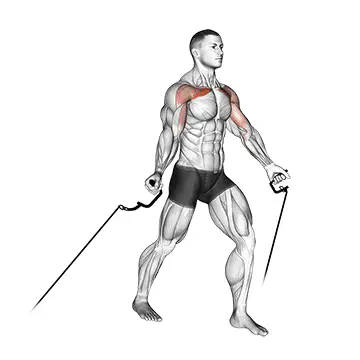
- Set pulleys at the lowest point and use D-handles.
- Push the handles upward at a 45° angle (like an incline press).
- Keep elbows slightly bent and chest lifted.
- Control the return and repeat.
Benefits:
- Mimics incline press with less joint stress.
- Ideal for isolating upper pec fibers.
- Adds volume without using heavy barbells.
Also Read: 10 Barbell Tricep Workouts to Build Horseshoe Arms Fast
5. Hi-Lo Standing Chest Fly (Alternating)
What It Targets:
Full chest with upper-lower activation.
How to Do:
- Use one pulley high and one low.
- Pull one arm high-to-low, the other low-to-high in a crossing motion.
- Alternate sides with each rep, maintaining posture.
Benefits:
- Activates multiple chest angles.
- Improves coordination and symmetry.
- Fun twist on traditional cable flys.
6. Incline Cable Crossover (Hi-Mid Pulley)
What It Targets:
Upper-middle chest and muscle separation.
How to Do:
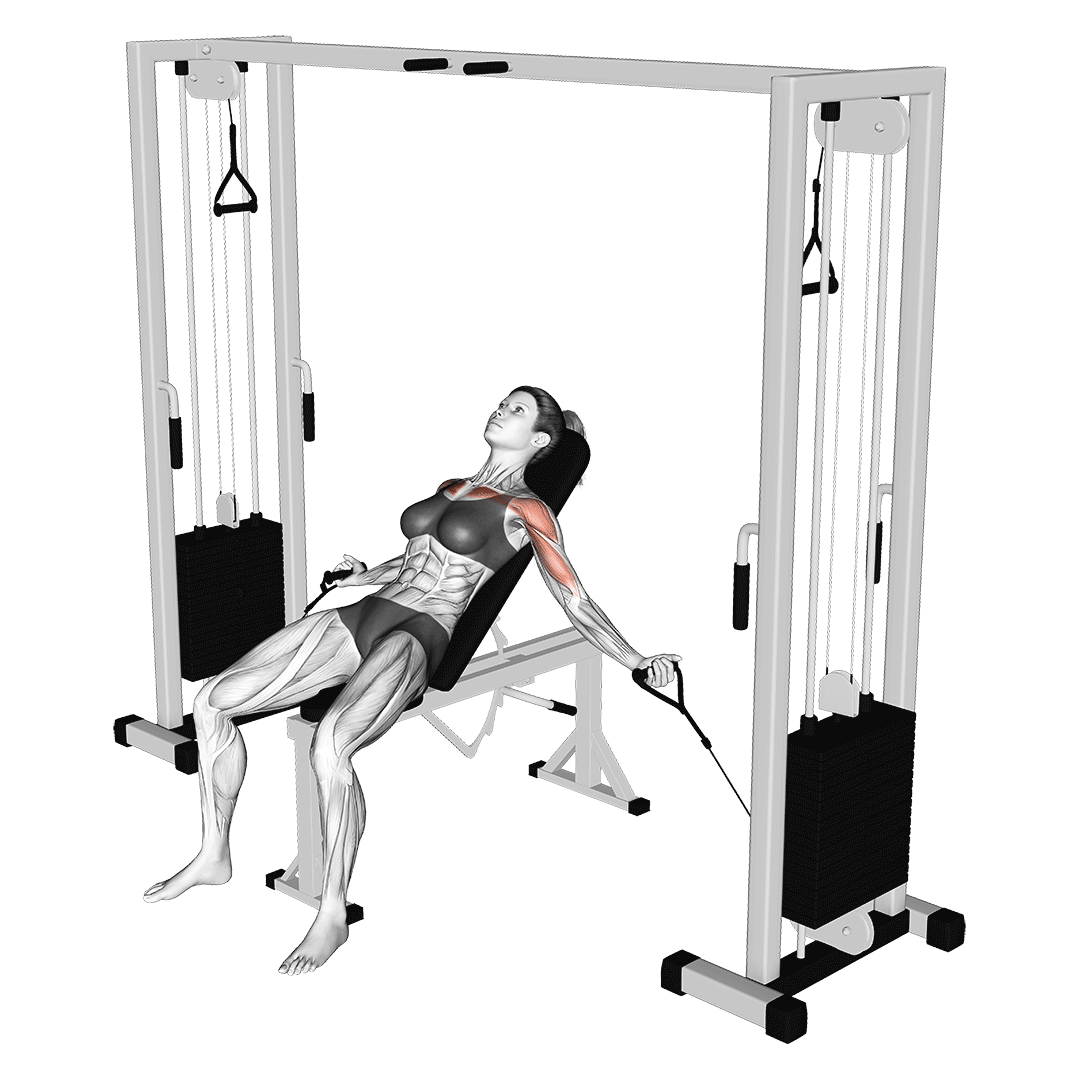
- Set pulleys just above shoulder height.
- Lean slightly forward, arms out to the sides.
- Bring hands together at mid-chest level with elbows soft.
- Squeeze and pause before returning.
Benefits:
- Creates chest thickness and definition.
- Less stress on shoulders compared to incline bench.
- Encourages better form with lighter weights.
7. Decline Cable Press (Hi-Low Pulleys)
What It Targets:
Lower and outer chest.
How to Do:
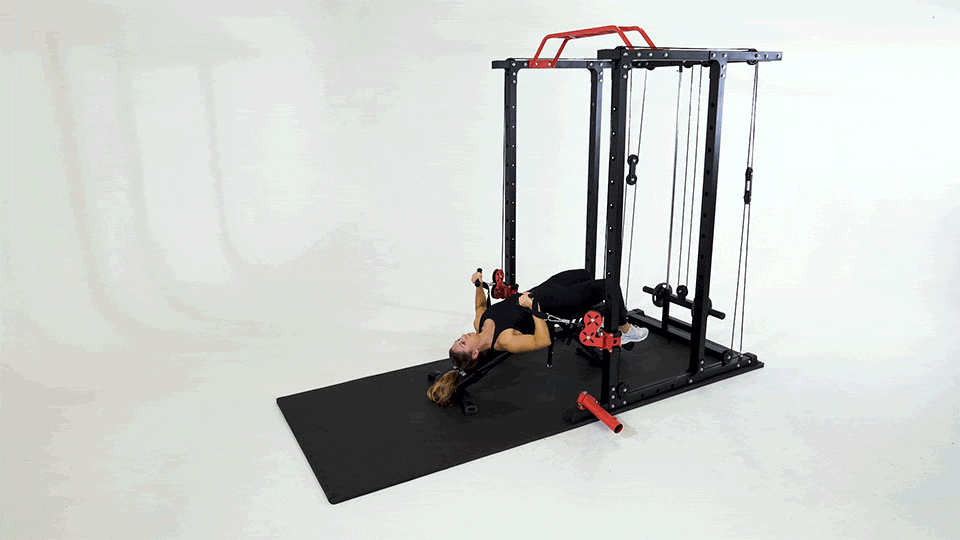
- Set the pulleys slightly above head height.
- Lie on a decline bench in the cable station.
- Grab handles and press down toward your hips.
- Return under control and repeat.
Benefits:
- Trains lower pecs intensely.
- Enhances chest width and drop.
- Safer for joints than the weighted decline barbell press.
Also Read: 11 Barbell Back Exercises to Build a Thicker, Wider Upper Body
Final Thoughts: Why Hi-Lo Pulley Chest Training Works
If you’ve hit a plateau or feel like your chest just isn’t shaping the way you want, stop relying solely on presses. Hi-Lo pulley chest exercises allow:
- Greater muscle fiber recruitment.
- Safer joint movement.
- Infinite angle variation—for truly 3D chest development.
Myth Busted: You don’t need to lift heavier to build your chest—you need to hit it smarter from all directions.
Whether you’re training for aesthetics, function, or strength balance—these 7 Hi-Lo pulley chest moves are your secret weapon.
Frequently Asked Questions (FAQs)
Are Hi-Lo pulley exercises better than traditional bench presses?
They serve different purposes. Bench presses are great for building raw strength, while Hi-Lo pulley exercises allow you to isolate chest muscles with greater control and angle variety, leading to better muscle shaping and symmetry.
Can beginners do Hi-Lo pulley chest exercises?
Absolutely! In fact, these exercises are beginner-friendly because they reduce joint strain and allow lighter, controlled movements. Start with low resistance and focus on mastering form.
How many Hi-Lo pulley chest exercises should I include in one workout?
Aim for 2–3 exercises per chest session, depending on your training split. Rotate between upper, middle, and lower angle-focused moves to fully engage the pectoral muscle.
Can I build a full chest using only cables?
Yes, if done correctly. Cables offer continuous tension throughout the movement, unlike free weights that lose tension at certain points. Many bodybuilders use cable-focused routines during sculpting phases.
How often should I train chest with cable pulley exercises?
Train chest once or twice a week depending on your recovery and overall split. Incorporate cables consistently, especially to isolate and correct imbalances.
Do I need a specific type of machine for Hi-Lo pulley exercises?
Most commercial gyms have adjustable cable crossover stations, which are perfect. Just ensure the pulley can be adjusted to high and low positions for full versatility.
Are Hi-Lo pulley exercises safe for shoulder injuries?
Generally, yes. The controlled range of motion and customizable angles make these safer than heavy pressing, especially if you maintain good form. But always consult a professional if you have shoulder concerns.
